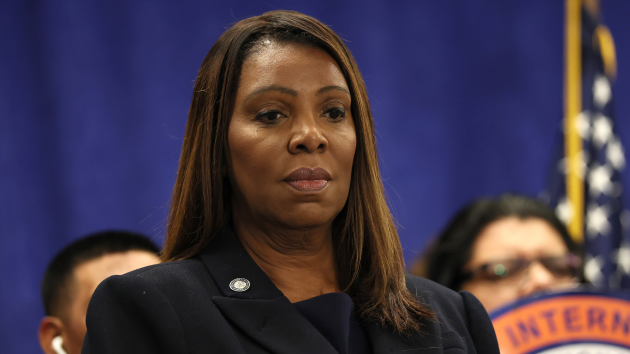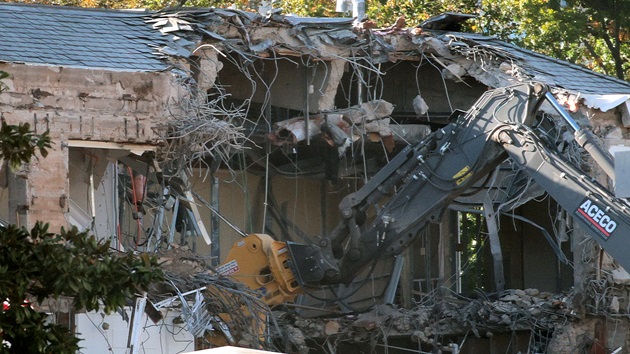Billion-dollar disaster data returns, but this time it’s not being run by the federal government
Written by ABC Audio. All rights reserved. on October 22, 2025
(NEW YORK) — For decades, the National Oceanic and Atmospheric Administration’s billion-dollar disaster dataset put a dollar figure on the cost of climate change and severe weather events. Understanding the scope and frequency of weather-related damage helped first responders, the insurance industry, and researchers with their planning, recovery operations, and assessments.
But in May, the Trump administration announced it was shutting down the website that hosted the dataset. That made it difficult for the public and experts to track the impact of major disasters, as the program used a combination of private and public data, some of which was not available to organizations outside the government.
However, Climate Central, a nonprofit research organization comprised of scientists and communicators, announced on Monday it brought the billion-dollar disaster dataset back to life. And, it’s being run by the very scientist, Adam Smith, who once managed it at NOAA and who is now Climate Central’s Senior Climate Impacts Scientist.
“The billion-dollar disaster analysis is vital in demonstrating the economic impact of extreme weather and climate events, which helps communities understand the real-world consequences of climate change and the increasing impact of these different events,” said Smith
“I would also say this dataset was simply too important to stop being updated,” Smith added. “We’ve seen a widespread demand for its revival from many aspects of society and industry, including the private sector, academia, local community decision makers, even Congress.”
Smith said Climate Central was able to replicate all the data sources and partnerships that supplied the original NOAA dataset.
In the months since the website was taken offline, Climate Central has recorded 14 separate billion-dollar weather and climate disasters in the United States. It estimates the total damage exceeds $101 billion.
Among those events, the Los Angeles wildfires in January were the costliest disaster of 2025 and the costliest wildfire on record, with more than $60 billion in damage, nearly double the previous record, according to Climate Central.
“This kind of helps deliver the fact that climate change is increasing the frequency and severity of some types of extreme events leading to more damages,” Smith said.
The Climate Central announcement comes after the former team responsible for climate.gov, a popular climate information website that stopped publishing new content in July after the Trump administration fired its staff, relaunched the site as climate.us with the help of several nonprofits.
Among the content, climate.us is now hosting the Fifth National Climate Assessment, one of the most comprehensive reports on the impacts of climate change in the U.S. The Trump administration took down that report and its accompanying website in June.
Climate Central said its disaster dataset uses the same peer-reviewed methodologies as the NOAA version and that it intends to regularly update the information, even expanding upon what’s available in the future. And if previous years are any indication, the cost of climate change will keep growing.
“Over the last 10 years, a conservative view of this analysis, these billion-dollar disasters alone have contributed more than $1.5 trillion in total direct losses. And I’d say that’s even a conservative investment because we’re not able to quantify things like environmental degradation, mental and physical healthcare-related calls after a disaster, or the supply chain ripple effects after a disaster,” Smith said.
Copyright © 2025, ABC Audio. All rights reserved.





